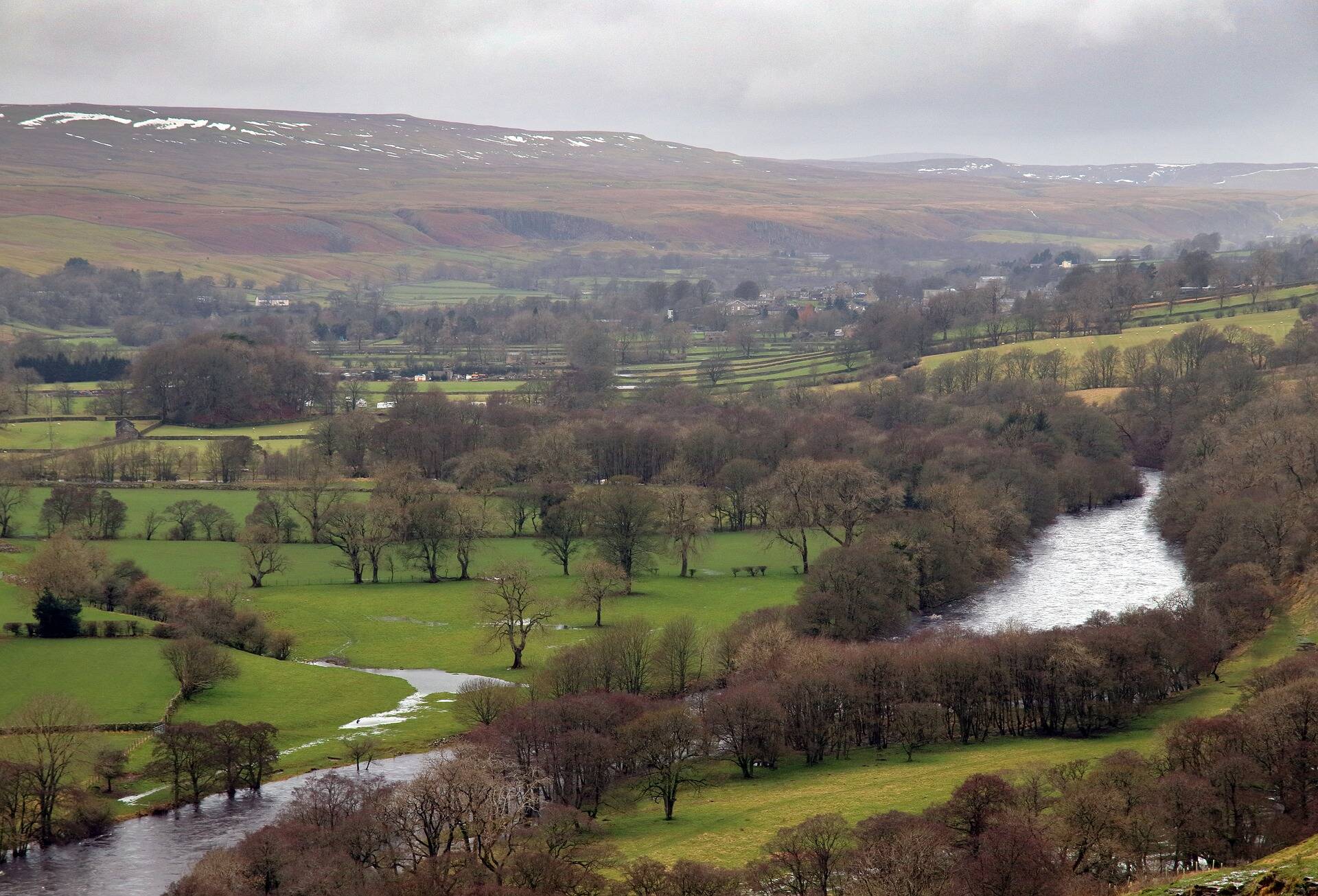You’ve reached your limit!
To continue enjoying Utility Week Innovate, brought to you in association with Utility Week Live or gain unlimited Utility Week site access choose the option that applies to you below:
Register to access Utility Week Innovate
- Get the latest insight on frontline business challenges
- Receive specialist sector newsletters to keep you informed
- Access our Utility Week Innovate content for free
- Join us in bringing collaborative innovation to life at Utility Week Live

Utility Week Innovate catches up with Water Industry Award Rising Star nominee, Stantec civil engineer India Hutchinson, to reflect on her three years in utilities thus far and the need for greater diversity and inclusion in construction.
What was your first job in the utilities sector?
 This is my first job within utilities. I started with Stantec as a graduate civil engineer in the summer of 2019 and was recently promoted to civil engineer.
This is my first job within utilities. I started with Stantec as a graduate civil engineer in the summer of 2019 and was recently promoted to civil engineer.
When I first joined the team I was part of the civil networks team and involved with wastewater networks projects. For the last two years I have been part of the dams and reservoirs team, working on Northumbrian Water reservoirs in the north-east of England.
What has been your career highlight thus far?
My career highlight to date is getting to the final of the British Dam Society Young Professionals Competition 2021. As part of the competition, I wrote and presented a paper on the northern embankment stabilisation works at Grassholme Reservoir to a live national audience. Thanks to my success in the competition, my paper will soon be published in the ICE Dams and Reservoirs journal.
What is the biggest challenge you’ve faced during your time in utilities?
 Managing data in a Building Information Modelling (BIM) world. In the digital age, collecting huge data sets is common, and projects are digitally twinned within a common data environment.
Managing data in a Building Information Modelling (BIM) world. In the digital age, collecting huge data sets is common, and projects are digitally twinned within a common data environment.
Sometimes this data can be difficult to manage and ensuring that everyone has access to the latest information is key. Sending attachments on emails doesn’t cut it.
What do you think is the key to creating the conditions for innovation within the utilities sector?
Let people think outside the box. When engineers, and others alike, are confined to a rigid scope with no flexibility they cannot truly solve problems. Sometimes it’s our job to get to the bottom of what a client really needs.
The best solutions also require good collaboration with various parties. When utilities collaborate with consultants, technical specialists, stakeholders and contractors, the ideal conditions for innovation are created.
Did you learn anything new about collaborating or innovating as a team or business during the pandemic?
At the start of the pandemic, I started to work with people from Stantec across the country, something that pre-Covid wasn’t a typical day for me. Prior to this I had only worked with others based in the Newcastle office.
Now, due to our temporary forced reliance on technology – including Microsoft Teams – I find myself working with people from all around the country on a daily basis and working well in this way.
Is there a standout innovation or collaboration project that you’ve worked on during your time in utilities – what made it special?
 For just over a year, I’ve been working on-site a few days a week at Grassholme Reservoir with Esh Stantec (JV). During that time, 20,000m3 of selected clay fill has been used to re-stabilise the northern abutment ridge of the reservoir, which if left to its own devices, was a safety concern from a dam safety perspective.
For just over a year, I’ve been working on-site a few days a week at Grassholme Reservoir with Esh Stantec (JV). During that time, 20,000m3 of selected clay fill has been used to re-stabilise the northern abutment ridge of the reservoir, which if left to its own devices, was a safety concern from a dam safety perspective.
Being involved in work that has a direct impact on the communities around you is incredibly rewarding and getting site experience so early on in my career has been invaluable for my design skills, and really puts design decisions into perspective when I’m sat back at my desk in the office.
It goes without saying that we young engineers don’t always have an appreciation for the impact that our design decisions can have on the practicality of construction on site.
What excites you most about the next 10 years in the utilities sector – any trends, tech or specific innovations?
I’m excited to see a utilities and construction sector that better represents diversity and inclusion. It’s already come a long way but in 10 years’ time, I’d like to expect it to be even more diverse.
 As consultants, we do not have a physical product to offer – we sell our people’s skills to clients. Without diversity and inclusion, we limit the vast spectrum of great people that produce great services. I hope to see active encouragement into STEM for the younger generation.
As consultants, we do not have a physical product to offer – we sell our people’s skills to clients. Without diversity and inclusion, we limit the vast spectrum of great people that produce great services. I hope to see active encouragement into STEM for the younger generation.
What do you think will be the defining factor in the UK hitting its net zero targets?
Actively encouraging change. As a young engineer, you come across many people in the industry who are set in their ways and it’s daunting to challenge their thinking. In order to achieve net zero targets in the UK, people need to be prepared and accepting of change in the industry. The change must come, and we must embrace it.
Creating long term sustainable solutions to engineering problems, alongside embracing carbon saving activities and design decisions should become the norm on all projects.
What is the change you’d most like to see within the utilities industry?
 I have been based on site a few days a week for the last year or so at Grassholme Reservoir in County Durham. As much as the industry is changing for the better and we see great diversity in our consultancy offices, I wish the same could be said for diversity and inclusion on construction sites. I don’t believe the issue lies with the employers; instead, we need to motivate and encourage younger people to want to get onto site and into construction-based roles by selling the benefits.
I have been based on site a few days a week for the last year or so at Grassholme Reservoir in County Durham. As much as the industry is changing for the better and we see great diversity in our consultancy offices, I wish the same could be said for diversity and inclusion on construction sites. I don’t believe the issue lies with the employers; instead, we need to motivate and encourage younger people to want to get onto site and into construction-based roles by selling the benefits.
What do you think is the biggest challenge facing the utilities sector at present?
Selling the benefits of lower carbon content solutions to stakeholders. In the water industry, funding is a limited resource, and clients are spending the general public’s water bills on bettering systems and delivering a precious resource to our taps.
Due to this, consultants and contractors must work hard to promote and collaborate on low carbon, sustainable, and robust solutions that are the best value for the client and their communities.
 To book a table and to find out more about the awards, click here.
To book a table and to find out more about the awards, click here.
Please login or Register to leave a comment.